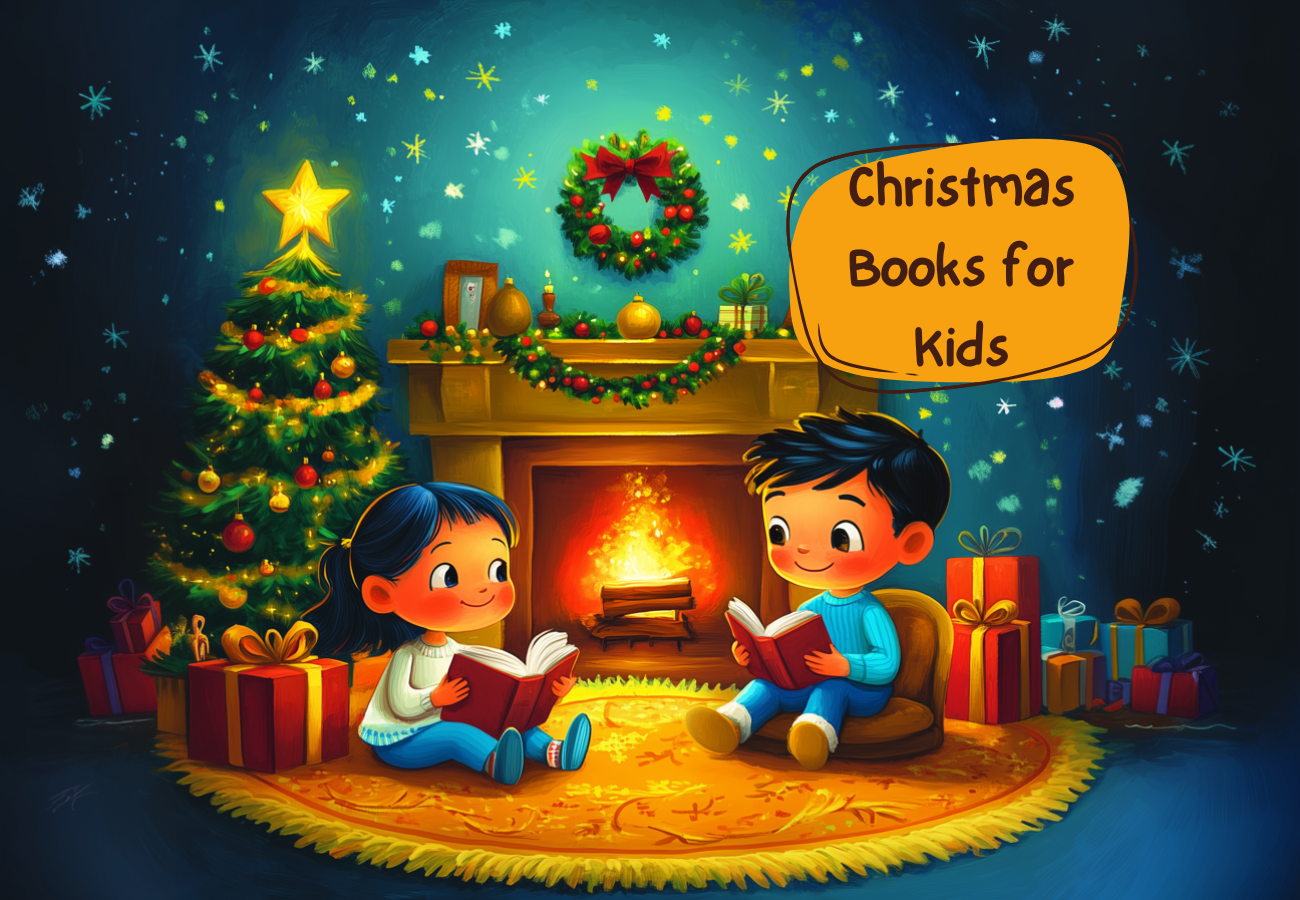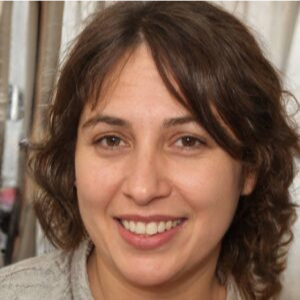Emotional Self-Regulation for Kids

Emotions are a big part of our lives. It’s a tool for revealing our inner selves. Yet, the lack or redundancy of emotions are the signs of possible problems with emotional control. For kids, it’s more common than for adults to be wrung out of emotions’ sudden outbursts. Some of them face such a problem in infancy and get rid of it later in life. Still, many children need to practice emotional regulation techniques if they have tantrums at school age.
Ways of Regulating Children’s Emotions
A kid learns how to manage his mood from different sources. Some children unconsciously take an example from their role models (siblings, peers). There are also kids who learn the hard way, being subjected to physical punishments for bad behavior. That’s not the way to influence their mood regulation, though. Researchers claim that the key to resolving kids` problems is a constructive approach. Also, physical punishments are against the law in many countries. Parents need to learn to use proven emotion regulation techniques to avoid mental health problems.
Kids and Their Emotions: Where Are the Limits?
Grown-ups, as well as kids, face different situations throughout the day. The way we think about the events (in other words – perceive them) triggers emotions.
The more kids are grown mentally, the less they tend to be fussy. Toddlers throw temper tantrums almost each time parents fail to meet their wishes. Still, in such a way they try to fulfill their emotional needs. While growing up, the number of tantrums decreases. According to MedlinePlus, meltdowns rarely occur after 4. If not, one should fix emotional regulation.
Crying over trifles isn’t a healthy way of expressing emotions for schoolchildren. Moms and dads ought not to overlook such issues. I strongly recommend doing self-regulation activities for kids if your child is highly sensitive. Coping strategies are one of the options.

What Is Emotional Self-Regulation?
Emotional regulation is the ability to cope with different feelings. It includes the awareness of one’s emotional state and its nature. It also presupposes knowledge on how to deal with emotional dysregulation. Kids need to realize the difference between natural emotional states and meltdowns. Furthermore, when their desires cannot be fulfilled, children should manage their emotional state to avoid a temper tantrum.
Reasons for Emotional Regulation Disorder
It’s up to pediatric psychologists to determine the cause of frequent tantrums. It could be a desire to be noticed by uninvolved parents. Yet, there could be mental causes such as ADHD. It’s not a serious illness in most cases, but expert advice is required.
Another reason is that kids look for external self-regulators. It occurs when parents spend much more time than needed to calm them down. Parents often give in to meltdowns carrying out kids` wishes. This way the kids see no need in learning to develop emotinal regulation skills. Can you imagine what happens if the kids are homeschooled an their parents need to deal with their tantrums 24/7.
Emotional Regulation Activities for Kids
Physical and mental health go hand in hand. Their disbalance can lead to illness and depression as well as emotional disorders. One may use proven techniques such as calm down kits. Still, there are other self-regulation activities based on boosting mindfulness.
Scan Your Body
This exercise is a piece of yoga activity. Ask a kid to do such actions from this list:
- Lay down on your back. Keep your arms by your side and let your feet fall apart;
- Close your eyes and relax;
- Make a deep breath through your nose and squeeze your toes tightly. Then exhale and relax;
- Do the same with your feet, legs, palms, arms, etc.
Breathing Technique
Stretch one of your hands out and trace your fingers like you’re driving a toy car. Slide up each finger while breathing in through your nose. Recognize how the air spreads throughout your body, filling you with energy. Slide down the other side with the finger of your other hand. Breathe out through your mouth, and soon you will feel calm. You may read more about this technique in my book Breathing Is My Superpower.
When you teach you kid to regulate their emotions you can combine it with doing yoga. Kids are capable of doing yoga from a very early age, so if you love that kind of exercise make sure you engage your kids.
Name Your Emotions
Turn to various interactive tools when teaching kids to name their emotions. It can be charts or cards. Ask your children to point to the card which stands for the feeling they have. Also, speak on what they can do to relieve tension and get back to good spirits. This activity is very useful for preschoolers.
In order to understand your child better try the “All About Me” Worksheet”.
Emotional regulation requires the time that traditional schools can’t provide. Luckily, parents who decided to homeschool their kids can devote the time to teach kids to deal with their emotions.

Tips for Regulating Children’s Emotions
Before Tantrums
- See whether you can avoid a situation that provokes a meltdown. Distract children from it if possible;
- If there’s no chance to keep a child away from it, make him ready to face the trigger;
- Show a kid a place where he can go to calm down;
- Set reasonable expectations, make them clear;
- Listen to his opinion and take it into account.
During a Tantrum
- Asses a kid`s behavior, make clear what the trigger is;
- Be calm, don`t raise your voice at the child; take a break to avoid a break-down;
- Give him a clear message (we`ll discuss it when you sit down in a chair).
After a Tantrum
- Ask a kid about his feelings;
- Praise him for calming down;
- Analyze the situation for yourself;
- Make up a plan of action for the next time;
- Try patience worksheets.
Final words
As long as you know how to deal with emotional dysregulation, you can make your little one ten times happier. Don`t miss the chance.
More articles

The Impact of Color and Texture on Children’s Emotions, Behavior, and Learning
Children don’t just see their environment — they absorb it. Every color, every texture, and every visual detail around them quietly shapes the way they focus, relax, behave, and even understand their own emotions. While adults often adapt to a space automatically, children respond to it instantly and instinctively. That’s why creating a supportive environment […]

What Is Preschool and Why It Matters for Early Development
Choosing the right preschool is one of the most critical decisions parents make in shaping their child’s early development. In today’s evidence-based educational climate, early childhood education is recognized not merely as preparatory schooling, but as a scientifically validated foundation for cognitive, emotional, and social growth. High-quality programs such as Little Scholars NYC, an established […]

5 Best Christmas Books for Kids to Enjoy This Holiday Season 🎄
Christmas is a magical time of year, and what better way to celebrate the season than by cozying up with your little ones and sharing the joy of holiday stories? Books have the power to bring families together, teach valuable lessons, and fill hearts with the spirit of the season. Here are five of the […]



